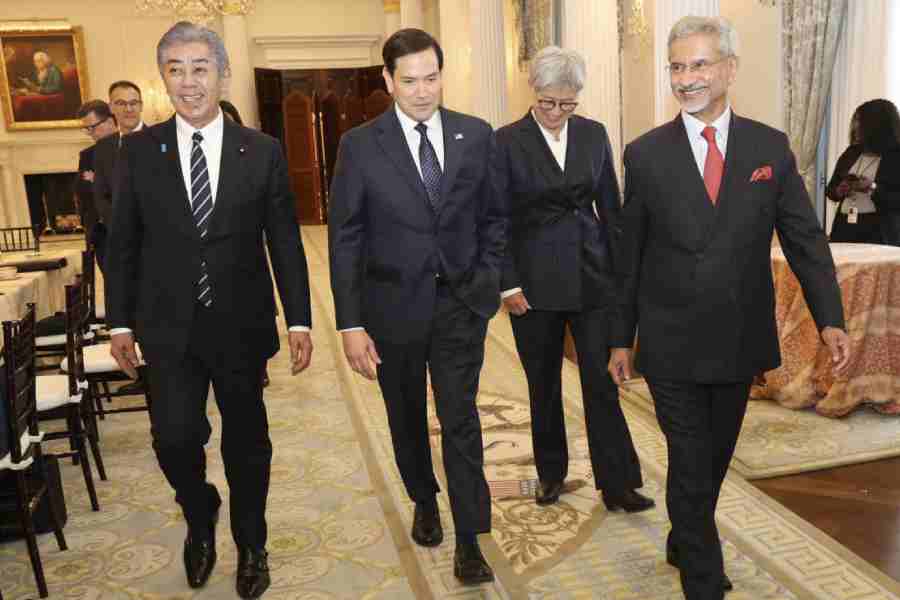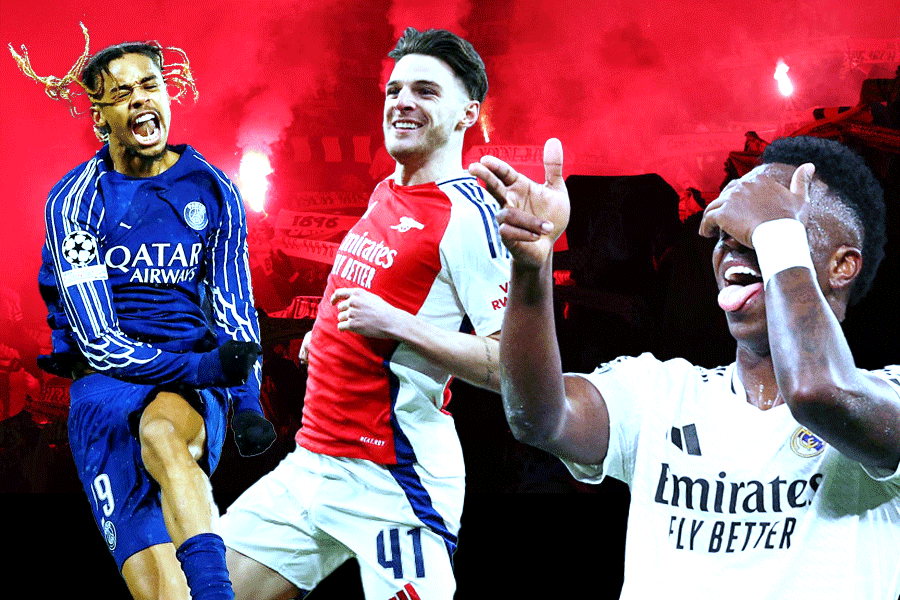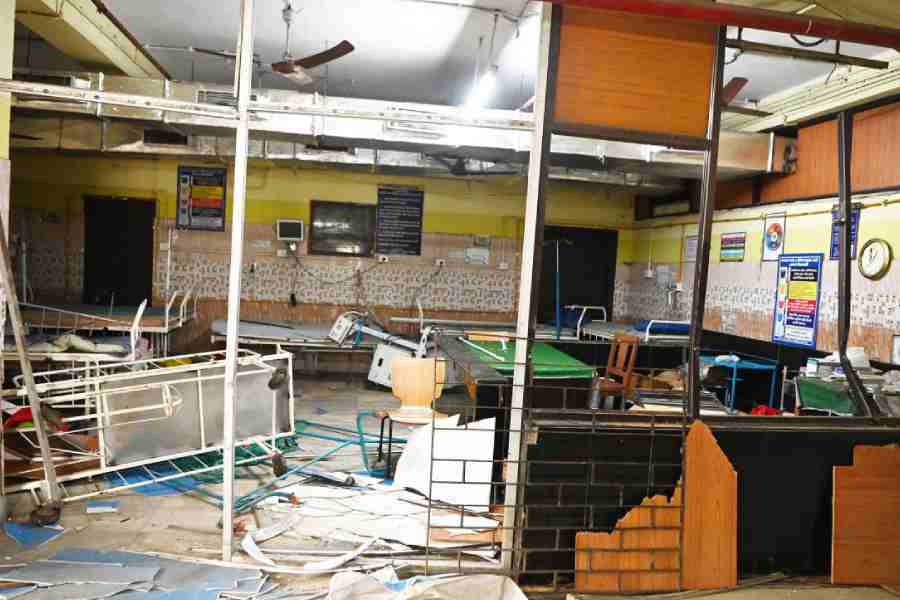 |
| Ravi Shankar with Anoushka Shankar in New Delhi. File picture |
Pandit Ravi Shankar’s name is synonymous with not only the sitar but also probably Indian classical music abroad.
As a classical instrumentalist he was among the best ever born in India, stronger in raga, tala, alap, gatkari and layakari than Vilayat Khan and a more disciplined and consistent performer than Ali Akbar Khan.
He also created two ragas universally sung and played in India: Bairagi and Nat Bhairav. The model of the instrument considered standard both in India and abroad is the one he had designed for himself.
With his big package of contributions to the format, manner and style of sitar playing, its only natural that he came to be identified with the instrument that he plays, especially in the West. Audiences in the West got to know Indian classical music by listening to his recitals and recordings.
It was, further, his success overseas that created a market for classical music around the planet and all Indian classical musicians ought to be indebted to him for this.
Ravi Shankar was not, however, the first Indian classical musician to be presented in a big way in the US. His first major concert tour was arranged by the late Yehudi Menuhin in 1956 whereas that of his guru’s son, sarod maestro Ustad Ali Akbar Khan, had been arranged by Menuhin a year earlier. Ali Akbar played the first major Indian classical recital in New York and cut the first Indian classical LP in the US. He also performed Indian classical music for the first time on television there.
Although Ali Akbar eventually attracted a group of pupils and set up a college of music in California, the sarod never caught on in the manner that the sitar did when Ravi Shankar arrived on the scene a year later.
One big reason for his success abroad was his communicative skills and ability to tailor recitals to his audiences. At that time, other Indian musicians could not explain what was being presented and most would bore audiences by playing one raga for two hours.
Ravi Shankar, on the other hand, tried to give western listeners the right proportion of music. But he used to say: “I never compromised on style; I never compromised in giving them anything un-Indian in a bid to please them. All I did was to reduce the duration. Instead of one or two ragas in two or three hours, I played maybe four ragas within two hours, with an intermission and explained to them the ascending and descending of a particular raga, what mood it creates, whether it belongs to the morning or evening, whether it belongs to spring or the rainy season and so forth. The result could be seen immediately. They could understand and accept our music.”
Living and performing with his brother Uday Shankar’s dance troupe in Europe and the US in his teens, he had studied audience reactions to the performances of musicians who toured with them (this included his would-be-guru Ustad Allauddin Khan) and this helped him to understand the audiences.
Add to this the rocket thrust of publicity after George Harrison became a pupil for a while in 1966 and you can get to understand the mechanics of how Ravi Shankar came to achieve what he did. But do note that Ravi Shankar never played anything other than Indian classical music abroad.
He taught Harrison, but he never jammed with the Beatles. At the height of his popularity abroad, he did play at the Monterey Pop Festival and even at Woodstock. But he played Indian classical instrumental music.
He scored the music and taught Menuhin to play it in the duets he played with him on the two famous recordings. Later this was also what he did with classical flautist Jean Pierre Rampal.
His ability to compose Indian classical music for western musicians was at its peak in the “Shankar Concerto for Sitar and Orchestra” with the London Symphony Orchestra conducted by Andre Previn.
Bickram Ghosh
Accompanied Panditji on the tabla for years
Ravi Shankar should be remembered as the one man who opened our doors to the West, musically. I have often heard people complain that he never lived in India but
the rich musical tapestry that he had or what India had, he took to the international platform.
I knew him from the time I was born because of his association with my father (Shankar Ghosh, veteran tabla player) but I still remember my first proper meeting in 1993.
I was performing in Brussels. He was in the audience, he heard me and left without saying anything. I was a bit disappointed till I got a call from him the next day when he told me that it was after a long time that he had heard such good tabla.
He invited me to play with him the next day at Palaise de Beaux Arts and that was the start of an amazing 12-year journey of travelling, living and performing with him, sometimes 150 cities in one year!
We were in Japan in 1995 and me being the Bengali boy that I was, Raviji sensed my discomfort when all kinds of raw meat, including octopus, was served to me on the table. He bent over and told me: “I know you’ve been a Bengali boy but this is your opportunity to live like a Japanese for a week and open up yourself to the world.”
I put that octopus in my mouth and after that day, I have been able to accept and absorb any culture, their ways and their food more openly than I ever thought I would be able to.
Another time, I was playing my first concert with him in Calcutta and my baya (left tabla) split. He realised the enormity of the situation and asked me to play with two right-hand tablas. So I played on those two tablas till the baya arrived and it actually turned out to be an experiment that was fun, maverick and enjoyable that sounded quite funky. In fact, I do that at some of my concerts, even now.
I saw him as someone very vulnerable, sensitive, hungry for love and with a child-like curiosity, which to me again were signs of humility.
Losing him is losing one of my greatest mentors.
 |











